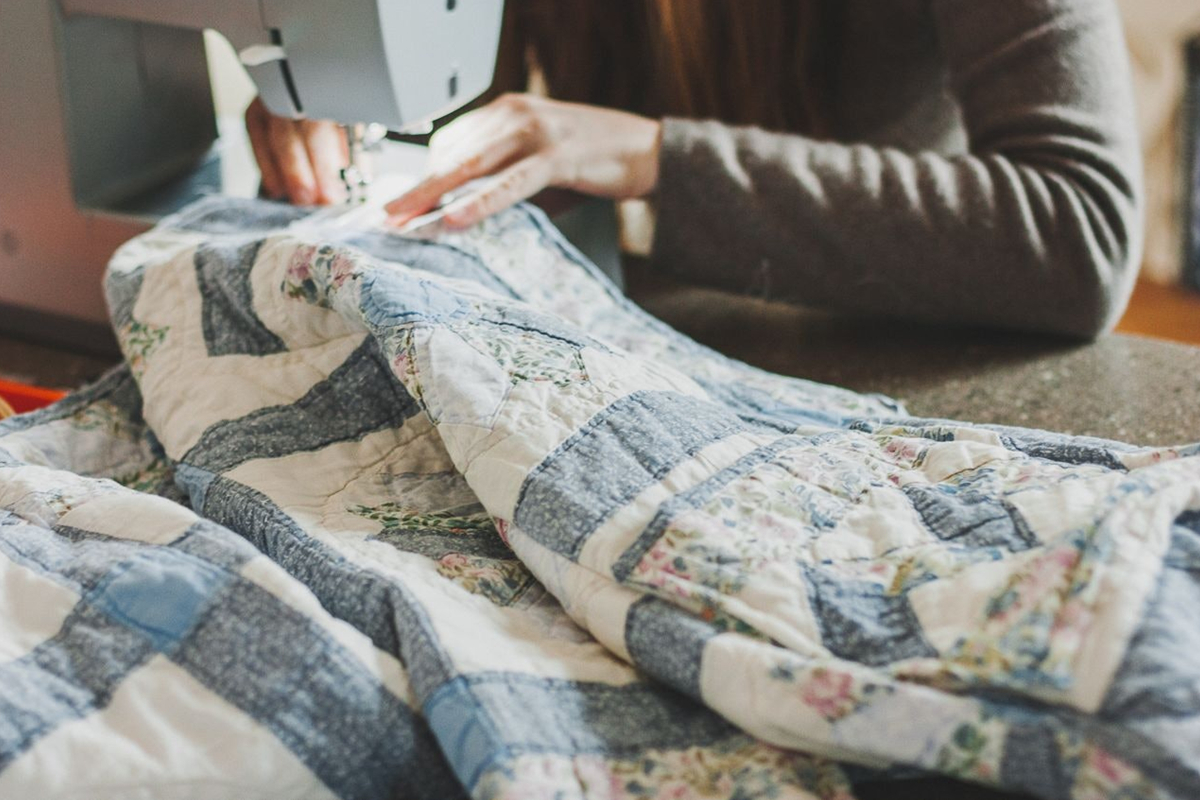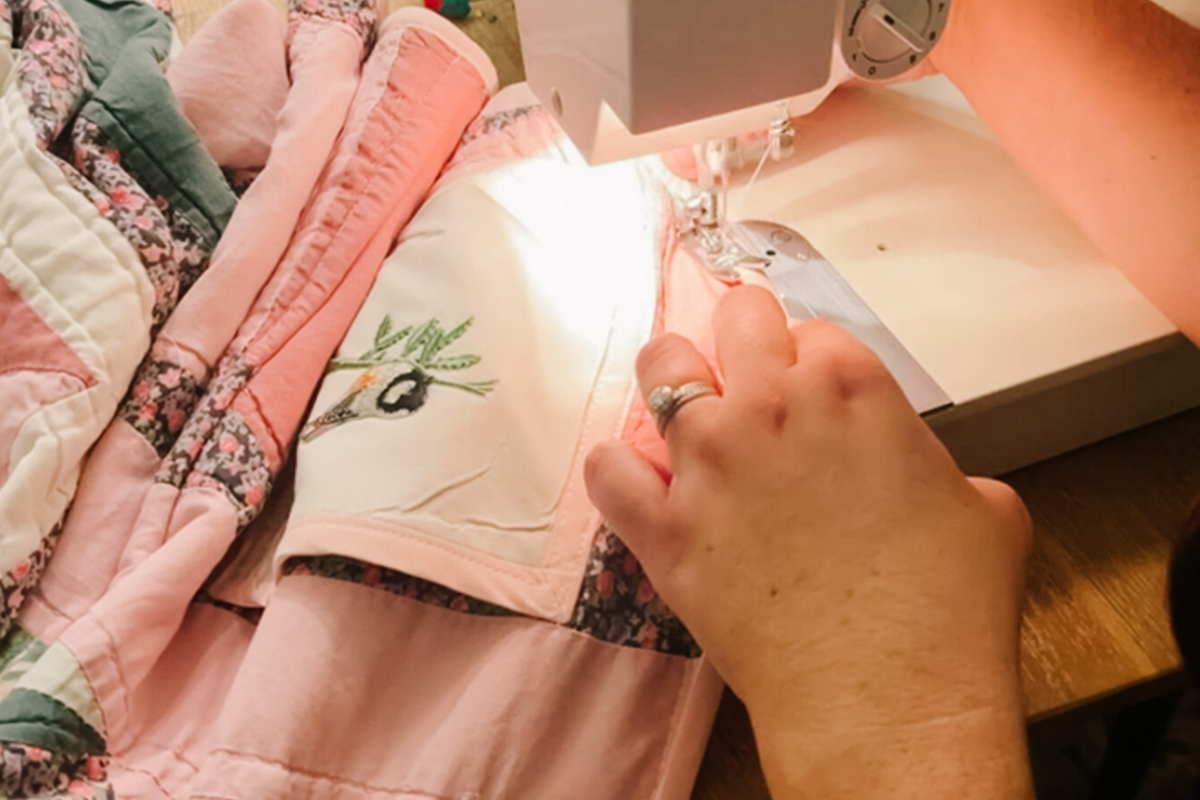
Learn How To Sew A Quilt Coat
Quilting is one of the oldest and most time-honored traditions in home decor. It is also one of the least understood. Even experienced quilters often ask for advice on how to layer and distribute their quilt pieces more efficiently. This is mainly because quilting is a unique art form that requires a unique approach to making a quilt.
Quilting is not a sewing technique. It is a way of layering your quilt to hide the finishing layers from view. Sew a quilted coat that is entirely hidden below the quilt top, and you will never be distracted by wondering why your quilting lines are running off-center.
Tools Needed:
Thread
Batting (quilt top) or layers of fabric that you intend to use as a quilt top (a cotton t-shirt works well)

Iron & Ironing board or flat surface (to press seams down on cutting line)
Sewing scissors and regular scissors for cutting through the batting. Unless you have extensive hands, it is easier to use a regular pair of hemostats for this project. You will notice that we don’t use any sewing needles here. Sewing needles can pinch in the fabric if your hand is not adequately large enough when operating your hemostats. This can cause the batting to be distorted and make it harder to find your pressing line when pressing down on seams that are well distributed along the cutting line.
Straight pins (for aligning seams)
Seam gauge or ruler to measure seam allowances & cutting lines. These are marginally useful for this project. The fabric we are working with is slightly off-grain & difficult to judge by eye alone. By the time you get to the seam allowance, you can’t see it anymore anyway.
In conclusion, the above sewing supplies can be purchased at any local home improvement store or fabric store. You should make sure that the cutting line is easily identified.
